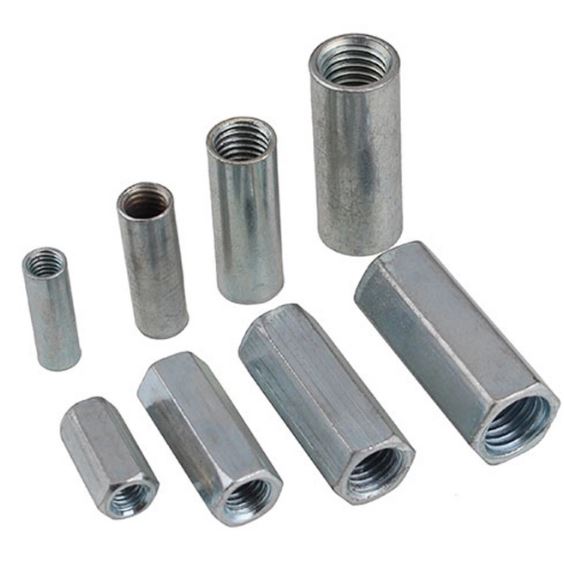Tempering of fasteners refers to the purpose of reducing the brittleness of steel parts. The quenched steel parts are kept at an appropriate temperature higher than room temperature and lower than 710 ° C for a long time, and then cooled. This process is This is called fastener tempering.
So why do we need to temper the fasteners? What is the purpose and function of fastener tempering? Let's talk about them one by one.
1. Tempering can reduce the brittleness of fasteners and eliminate or reduce internal stress. After quenching of fasteners, there is a lot of internal stress and brittleness. If not tempered in time, the steel parts will often be deformed or even cracked.
2. Tempering can obtain the required mechanical properties of the workpiece. After quenching, the workpiece has high hardness and high brittleness. In order to meet the different performance requirements of various workpieces, the hardness can be adjusted by suitable tempering to reduce brittleness. The toughness and plasticity required for fastener products.
3. Stabilize the workpiece size.
4. For some alloy steels that are difficult to soften by annealing, high temperature tempering is often used after quenching, so that the carbides in the steel are properly aggregated, and the hardness is reduced to facilitate cutting.

Tempering of fasteners is one of the common steps in the processing of fasteners. It is closely connected with annealing, normalizing and quenching. Improper treatment at any step can lead to fastener product defects.
Link to this article:Fastener tempering process
Reprint Statement: If there are no special instructions, all articles on this site are original. Please indicate the source for reprinting:Mold Wiki,Thanks!^^
